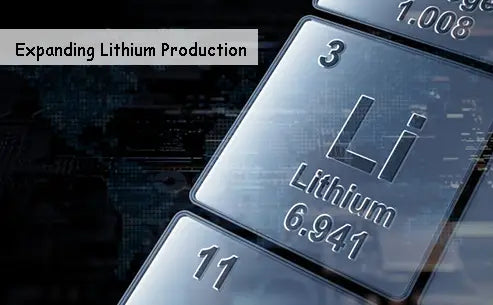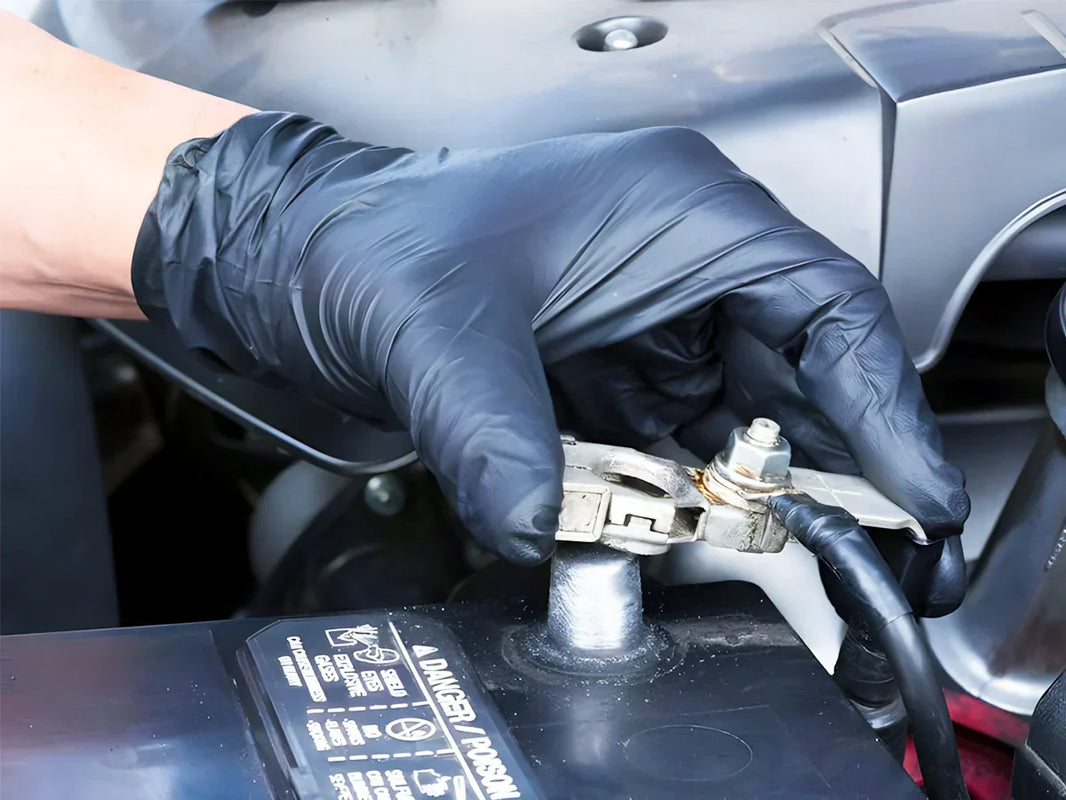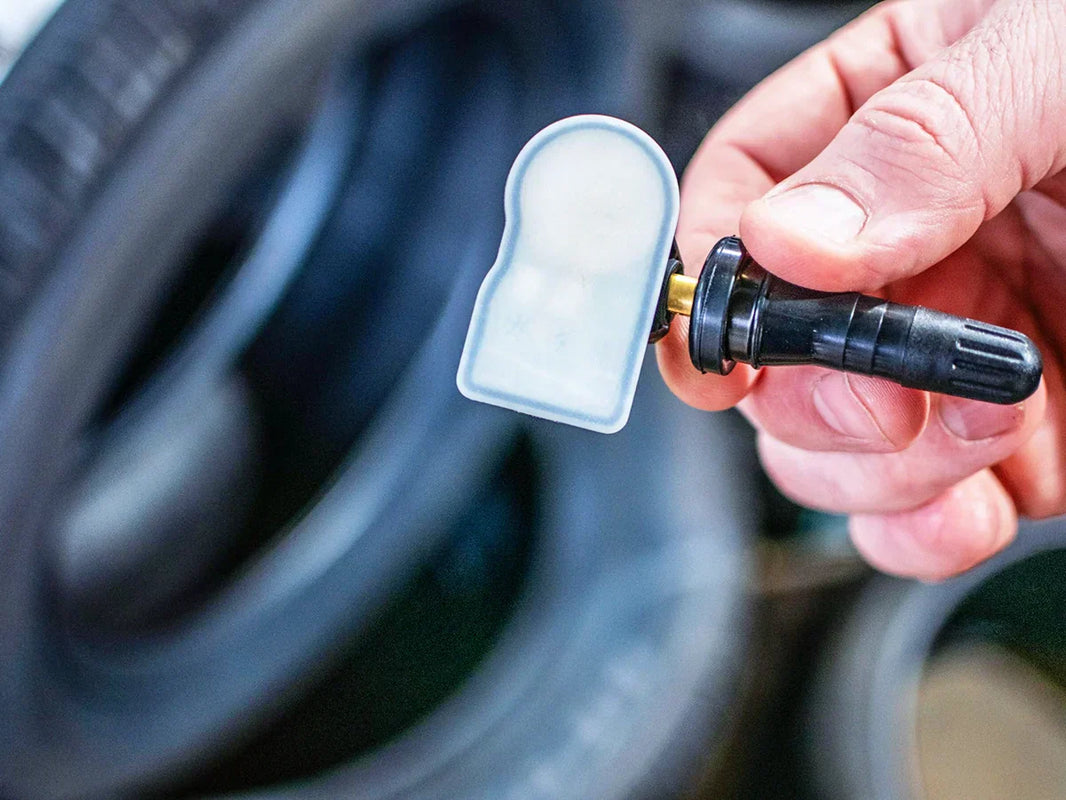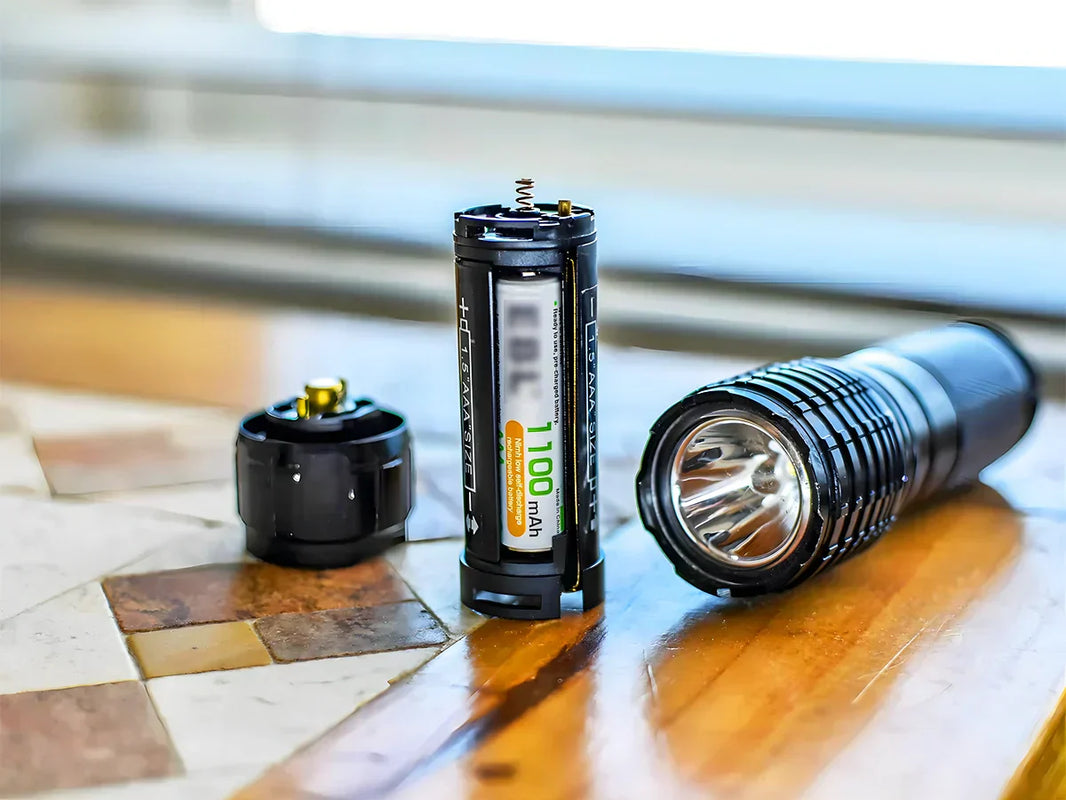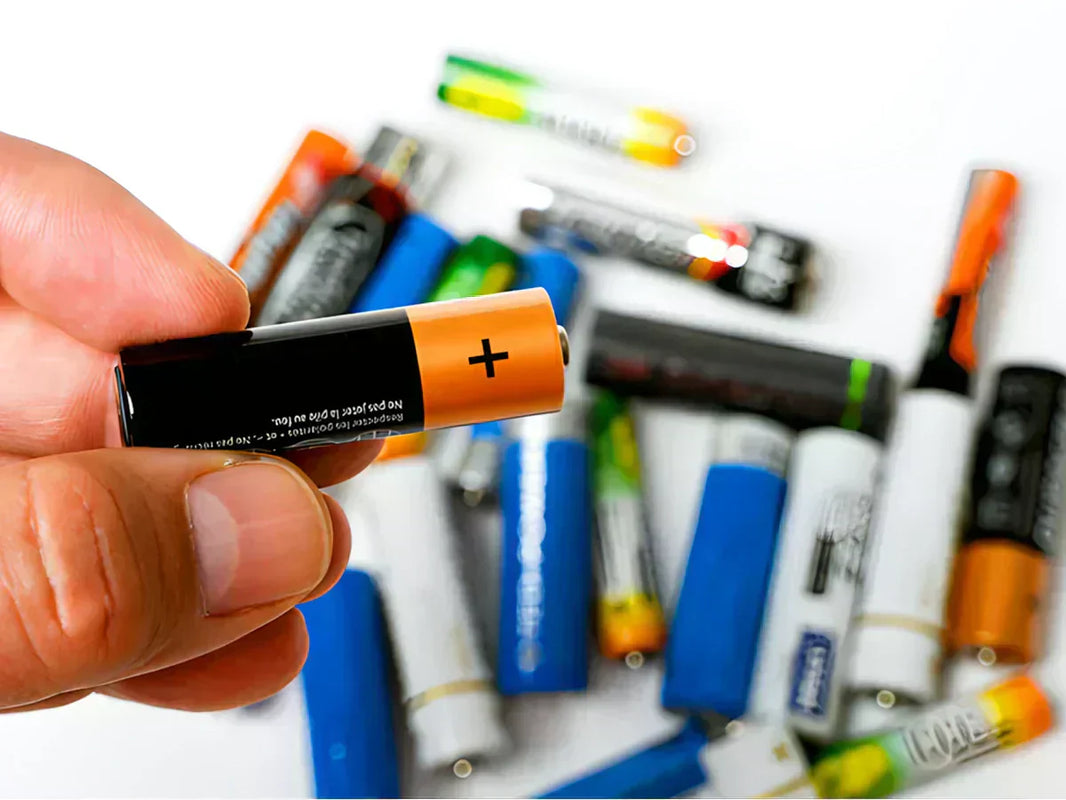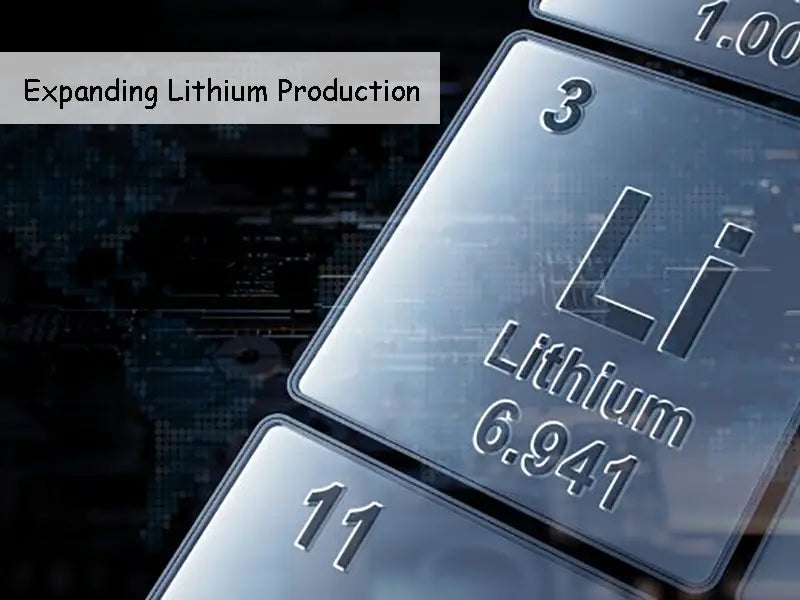
1. International lithium production status
According to statistics, the current global lithium resource reserves are about 11 million tons, most of which are located in South America. According to 2008 statistics, Bolivia, Chile, China, Brazil and the United States ranked the top five in the world in terms of reserves.
Lithium, known as the "energy metal", is the lightest metal element in the world. With the increasing demand for lithium-ion batteries and lithium alloys in the aerospace industry, nuclear power plant and automobile industry, and the deepening of people's understanding of green energy, the development of key resources has become an important part of national energy strategies. As one of the most important lithium products, lithium carbonate is regarded as an important strategic resource by many countries. When President Obama took office, he positioned lithium as a national strategic material as important as oil. Lithium manganate made of lithium carbonate is considered to be the most suitable raw material for automotive power batteries due to its zero pollution, light weight and good electrochemical performance. The world's major auto manufacturers have been conducting technical research on electric vehicles and have made great breakthroughs. With the continuous maturity of the electric vehicle market, industry insiders predict that the demand for lithium carbonate will experience explosive growth, and the market prospect is very broad.
Demand for lithium in hybrid or pure electric vehicle batteries and other applications is said to continue to grow. At the current demand rate, the global supply is expected to meet the demand for the next 1775 years, with 6.9 million t of recoverable lithium in Chile's Salar de Atacama and 5.5 million t of recoverable lithium in Bolivia's Salar de Uyuni.
Rockwood, SQM and FMC companies account for about 3/4 of lithium production, and some small producers in China account for about 1/4 of lithium production. SQM company produces about 35% of global lithium carbonate supply. Rockwood company through its specialty chemicals Chemetall, the product business unit, produces about 30% of the world's lithium carbonate, while FMC's production accounts for 5% to 10%.
In 2008, the global lithium production was estimated at 80,000 t/a. The current situation of the global lithium carbonate industry is that the resource threshold is extremely high and the production capacity is highly concentrated. As of the end of 2008, the total global demand for lithium carbonate was about 95,000 1. The major international producers include Chile's SQM, the United States' FMC and Germany's Chemtall, with a combined annual production capacity of 79,000 tons, accounting for 80% of the global market share. On the one hand, enterprises that produce lithium carbonate on a large scale must have the right to mine salt lake resources with rich lithium resources, which makes the industry have high resource barriers; on the other hand, because most of the global salt lake resources are high in magnesium Low-lithium type, and the process technology of purifying and separating lithium carbonate from high-magnesium and low-lithium old halogen is very difficult. Previously, these technologies were only in the hands of a few foreign companies, which made the lithium carbonate industry have technical barriers. This has created a global oligopoly in the lithium carbonate industry.

Over the years, the global lithium carbonate market has shown an oligopolistic pattern. The three major lithium salt producers, SQM of Chile, Chemetall of Germany, and FMC of the United States, rely on their own strong resources, technology and financial advantages to firmly control the global lithium carbonate products and downstream products. Market and prices of high-end lithium products. The three major lithium suppliers mainly produce lithium from brine deposits in the "Lithium Triangle. SQM and Rockwood produce lithium from the Salar de Atacama region of Chile, which has the advantage of high lithium concentrations and evaporation rates, and the use of solar energy in the production process. In addition to South America, Rockwood also produces lithium from salt meat in Silver Peak, Nevada, U.S. FMC produces lithium from its brine storage in Salar de Hombre Muerto, Argentina, using a filtration process that is faster, but faster than other processes Higher cost. Previously, lithium was extracted from spodumene deposits, however, production through this process requires multiple extraction steps due to low purity and is an energy-intensive process. Only China uses this method A way to produce large quantities of lithium carbonate from spodumene.
Production capacity in South America is still expanding. By the third quarter of 2008, SQM had expanded its lithium carbonate production capacity from 30,000 t/a to about 40,000 t/a. If the market demand is strong, the capacity will also be expanded to 60,000 1/a.
In 2007, geologists discovered an extremely rich lithium mine in the Andes Plateau at an altitude of 3,700m in southwestern Bolivia. The Uyuni Salt Lake, where the mine is located, covers an area of 12,000 km2 and has proven lithium reserves of up to 5.5 million t. With the gradual reduction of traditional energy resources and the growing voice for environmental protection, the lithium ore resources used in the production of lithium batteries are more and more people's attention as a clean new energy source. Bolivia's rich lithium ore resources have become the target of fierce competition among countries. . Bolivia has signed memorandums of understanding on cooperation in lithium mining projects with South Korea and Brazil. Countries such as Japan, France, Russia and Venezuela have all expressed interest in becoming future partners. Bolivian President Morales has vigorously promoted nationalization measures since taking office in 2006, nationalizing all of Bolivia's oil and gas industry and most of its mining resources. In the process of developing lithium resources, Bolivia will not give up the right to manage the country's natural resources, but at the same time welcomes foreign investors to become "partners in the lithium industry".
Admiralty Resources plans to develop a brine mine at Rincon Salara in northern Argentina, which has 10,500 tons of lithium carbonate equivalent. After all put into production, it will be able to supply about 20% of the world's lithium carbonate. The company has been put into production in 2009, and has been equipped with a 50t/a medium-sized unit in April 2008.
At present, the economics of producing lithium from the "lithium triangle" still have significant cost advantages, however rising lithium prices are prompting the development of reserves outside South America. Norway's Nordic Mining has become Europe's first producer of lithium carbonate for the battery industry by acquiring a lithium development project in Finland. The company expects to produce 3 300t/a of lithium carbonate in Finland in 2013. Esmeralda County, Nevada, USA also has the prospect of developing a lithium salt brine mine. Lithium brine in the basin.
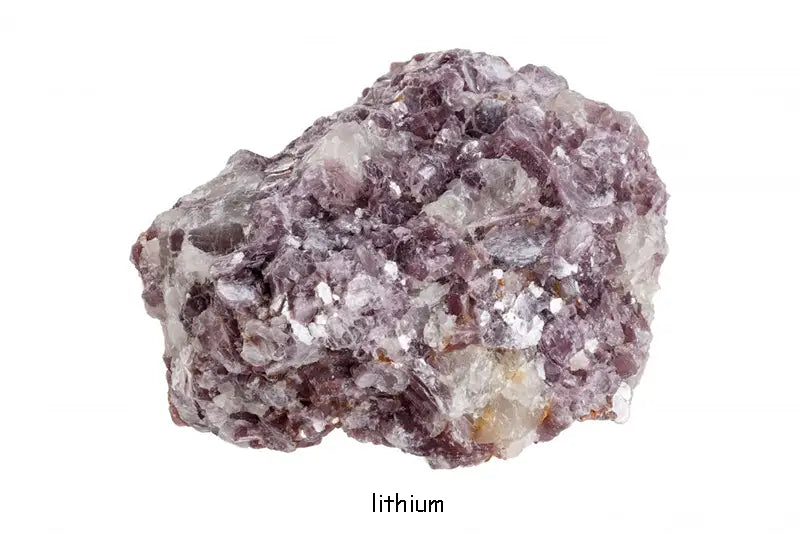
2. Lithium production in China
China is also a country with a large lithium resource reserve, with a lithium resource reserve of 1.1 million t and an output of 3,500 t in 2008. However, China's new energy electric vehicle industry is in the ascendant, and it needs to have more lithium ore resources as battery raw materials.
There are two ways to produce lithium carbonate: ore extraction and salt lake extraction. The technology of extracting lithium from ore is relatively mature, but the extraction of lithium from ore in China has long relied on the import of lithium ore from Australia, and the production cost is relatively high, exceeding 30,000 yuan per ton. In addition, with the gradual depletion of lithium ore resources, the use of salt lake brine to produce lithium carbonate will become inevitable. China has discovered lithium brine ore in the Qaidam Basin, but the concentration of China's brine ore is relatively low, so that the bond price produced in China may be twice as high as that of SQM and Rockwood.
In the 20 years before 2009, Chinese producers have also implemented increased production of lithium carbonate. In 2009, the annual production and sales volume of lithium carbonate in China was about 20,000 tons. However, due to the rapid development of China's lithium battery industry and the continuous expansion of the application field of lithium products, the demand for lithium carbonate is increasing at a rate of more than 10% every year. However, the high monopoly of the international lithium carbonate market has led to the ups and downs in the price of China's lithium carbonate market in recent years, which is completely controlled by others. China's lithium carbonate accounted for about 1/4 of the world's lithium market in 2007. In 2010~2012, China will greatly expand its capacity, and its production capacity is expected to more than double.
China's salt lake lithium resources are mainly distributed in Qinghai and Tibet. Since the development of the western region, companies represented by CITIC Guoan and Western Mining have successfully solved the worldwide problem of extracting lithium from a salt lake with a high ratio of magnesium to lithium in the Xitai Jiner Salt Lake in Qaidam, Qinghai Province.
On the basis of the independent research and development of salt lake lithium extraction and magnesium extraction technology and production techniques, some large-scale industrial enterprises in China have begun to build lithium carbonate and magnesium hydroxide in the depths of Zabuye Salt Lake and Qaidam Basin in recent years. [Product production base. At present, China enterprises producing lithium carbonate are mainly concentrated in Tibet Mining, CITIC Guoan, Western Mining Group and Qinghai Salt Lake Group, and Tibet Mining and CITIC Guoan account for the vast majority of them. The total output of lithium does not exceed 4 000t.
On October 12, 2009, Japan's Toyota Tsusho Co., Ltd. and China's CITIC Guoan Information Industry Co., Ltd. signed a cooperation intention to cooperate in the production and sales of battery-grade lithium carbonate and downstream products. Toyota Tsusho is a trading company mainly engaged in automobile-related business under the Toyota Group. CITIC Guoan is a listed company under the CITIC Group. It currently owns the Qinghai Xitai Jiner Salt Lake, with an area of 570km2. It is an extra-large deposit dominated by liquid lithium ore. , Lithium carbonate has outstanding resource advantages. This is a new signal that the competition for new energy vehicles has advanced to upstream resources.
The Qaidam Basin, located in the hinterland of the Qinghai Plateau, is rich in mineral resources such as bell, sodium, magnesium, lithium, boron, etc. Among them, magnesium chloride is 3.1 billion 1.1. It accounts for about 99% of the national reserves; lithium chloride is nearly 14 million tons, accounting for the national total. 83% of reserves. At the beginning of 2007, Qinghai CITIC Guoan Science and Technology Development Company Xitai Jiner Lake 10,000-ton lithium carbonate project was officially put into operation in the Qaidam Basin, making Xitai Jiner Lake an important lithium carbonate production base in China. As of December 26, 2009, on the banks of the Jiner Salt Lake in Xitai, Qaidam Basin, Qinghai CITIC Guoan Science and Technology Development Co., Ltd. produced 5,000t of lithium carbonate in 2009. This does not mean that China has broken through the market of a few international lithium industry giants. The suppression also marks that China has reached the world's advanced level in the development of salt lake new energy materials.
The breakthrough in the development of the salt lake lithium industry will also have a driving effect on the overall promotion of the comprehensive development of China's salt lake resources. At present, while improving the process and further increasing the production capacity of lithium carbonate, strengthening scientific and technological research and development, launching the downstream terminal products of lithium salt as soon as possible, and accelerating the industrial extension have become the top priorities of the development of the salt lake lithium industry. On the day the 5,000t lithium carbonate product was rolled off the production line, with the approval of the National Development and Reform Commission, the National and Local Joint Engineering Research Center for Comprehensive Utilization of Salt Lake Resources, located in Qinghai CITIC Guoan Technology Development Co., Ltd., was officially established. The establishment of the center is to solve the technical problems in the development of salt lakes on the Qinghai-Tibet Plateau, thereby extending the industrial chain of salt lakes, realizing high-value development of products, and providing industrialized technological achievements for sustainable resource utilization.
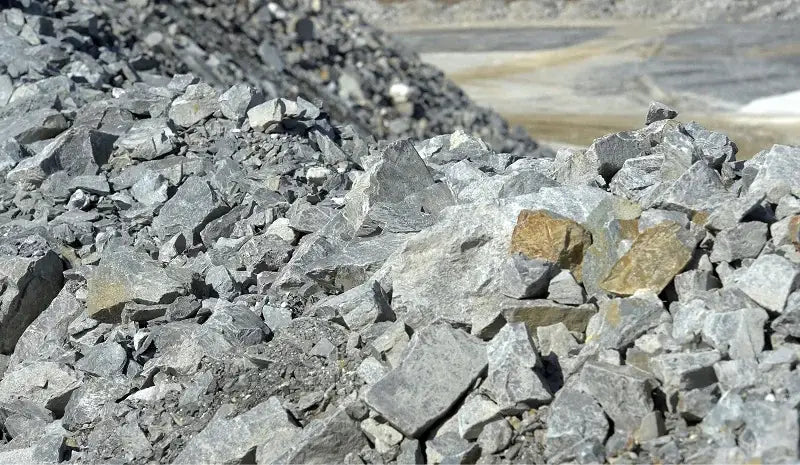
China's Tibet Autonomous Region Economic Commission announced in late August 2008 that Tibet would expand the Zabuye Salt Lake, China's largest lithium resource base, with an investment of up to 1.084 billion yuan. After the project is completed and put into operation, the annual sales revenue will reach 639 million yuan, and the profit and tax will be 200 million yuan. The expansion project will build 20,000t/a lithium salt, 5,000t/a lithium chloride, 500t/a metal lithium, 200t/a high-purity lithium, and 30t/a lithium material on the basis of the first phase lithium salt 5,000t/a. a and other lithium compounds 490t/a production capacity. Zabuye Salt Lake is located in Zhongba County, Shigatse, Tibet. It is one of the three super-large salt lakes known in the world with lithium resources exceeding one million tons. Its surface brine, intercrystalline brine and solid minerals all contain lithium carbonate. , the total reserves amounted to 2.4663 million t, of which only the economic basic reserves controlled by surface meat water reached 704,100 t, and the lithium resources ranked first in China.
Jiangxi Lithium Battery New Energy Industry Base opened on November 17, 2009 in Yichun City, Jiangxi Province. It is reported that this is the country's first lithium battery industry base, and Yichun will build it into the largest lithium carbonate production base in Yezhou within three years and China's largest power lithium battery production base within five years. Yichun, Jiangxi has the world's largest lithium mine. The proven mineable lithium oxide reserves are 1.1 million t. It accounts for 31% of the country and 12% of the world. Using this resource well, the prospects of Yichun's "lithium industry" are immeasurable. . It is understood that this country's first lithium battery industry base has a planned area of 20km2. At present, more than 20 lithium battery projects such as American New Energy, China Real Estate, and Foster have signed contracts to enter the park, and the contract signing funds have exceeded 10 billion yuan. Facing the development of the lithium industry in the future, the expected development goals are divided into three stages: from 2009 to 2012, the output value of the lithium battery new energy industry strives to reach 8 billion yuan by the end of 2012; At the end of the year, the annual output value will reach 30 billion yuan; from 2016 to 2020, a relatively complete lithium battery new energy industry cluster will be formed, and the annual output value will exceed 100 billion yuan by the end of 2020.
Read more: Good prospects for the development of lithium-ion batteries for vehicles


